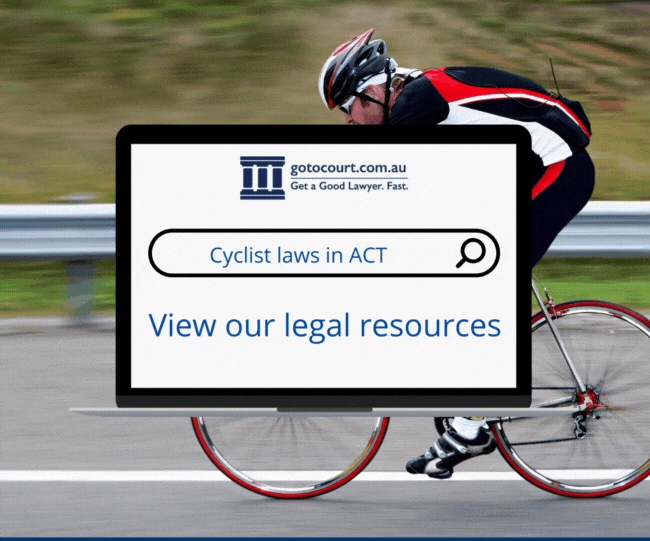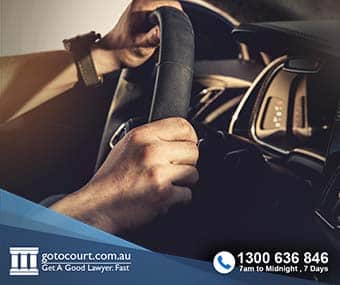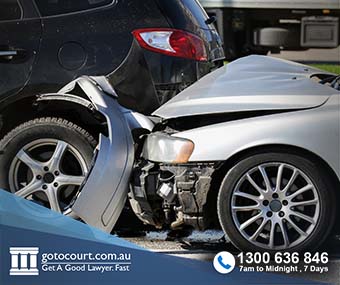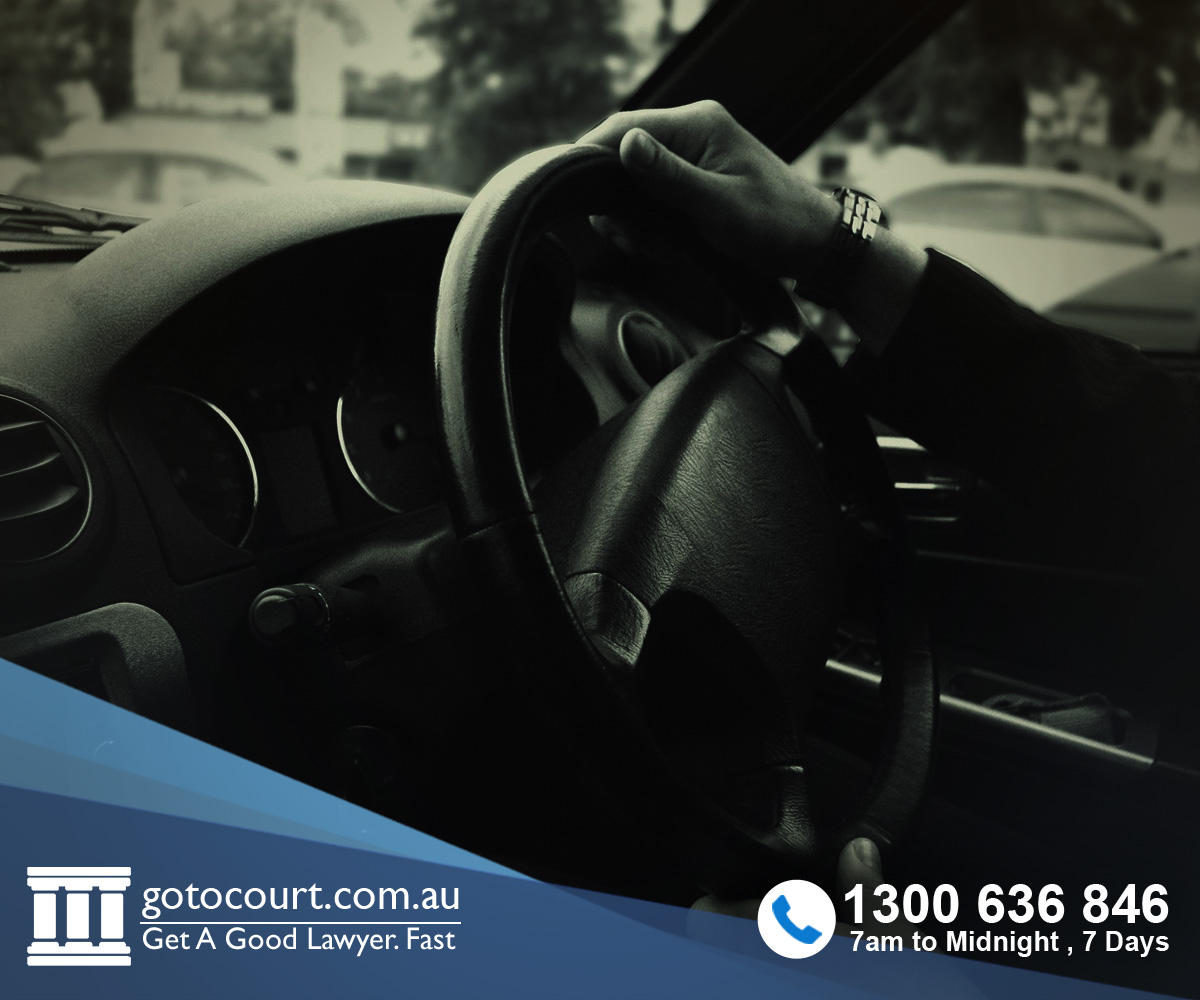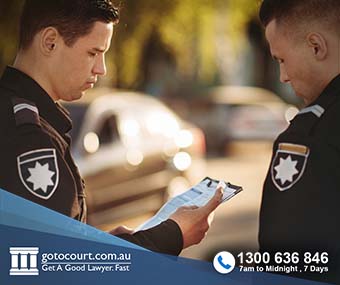Heavy Vehicle Traffic Offences in the Australian Capital Territory
The Heavy Vehicle National Law (HVNL) and Regulations commenced in the Australian Capital Territory on 10 February 2014. They apply in most states and territories of Australia, other than the Northern Territory and Western Australia. Generally, a vehicle is defined as a heavy vehicle if the GVM (gross vehicle mass) or the ATM (aggregate trailer mass) is over 4.5 tonnes. There are responsibilities under these laws for every person in the chain of responsibility for the heavy vehicle. Those persons charged with heavy vehicle traffic offences in the ACT because they are in the chain of responsibility may have a defence of reasonable steps available to them.
A vehicle or vehicle combination or a bus with a GVM that is more than 8 tonnes and that has three or more axles is a fatigue regulated heavy vehicle. There are some exceptions. The drivers and other persons in the chain of responsibility for these vehicles have to comply with the driver fatigue laws. All reasonable steps must be taken by everyone in the chain of responsibility to help make sure that a vehicle is not driven by a person who is fatigued. An individual person’s obligations depend on their job in the chain. It is possible to be guilty of an offence even if the driver did not ultimately drive while fatigued.
Offences in this section are divided into 4 categories – minor, substantial, major and critical risk. All offences carry heavy fines and demerit points also apply for major risk and critical risk breaches. The different categories are calculated on the basis of the minutes that a person has worked in excess of their allowable work or rest hours. Unless a driver is under an exemption they must record their work and rest hours in accordance with the law if they drive 100 km or more from their base or they work under either basic fatigue management or advanced fatigue management.
If a driver is charged with one of these offences, they may have a defence if they can prove that they did take sufficient breaks, or that they did not feel or act fatigued, or if they can show that there is another reason for their manner of driving. A person charged because they are in the chain of responsibility may be able to use the defence of reasonable steps.
Proper records in accordance with the HVNL must be kept for all drivers of fatigue regulated heavy vehicles. The responsibility for keeping these records depends on the driver’s employment status and may be the responsibility of the driver’s employer, accredited operator or the driver of the vehicle. The law requires that the records are kept for three years and they must be available for inspection as requested.
[/vc_column_text][/vc_accordion_tab][vc_accordion_tab title=”Overloading”][vc_column_text]The penalties for an overloaded heavy vehicle are calculated on the percentage that the overload exceeds the allowable weight. It is also based on whether the person charged is an individual or a body corporate and whether this is their first offence or is a repeat offence.
- A minor risk breach is breach less than 5% above the weight.
- A substantial risk breach is breach from 5%- 20% above the weight
- A severe risk breach greater than 20% over the weight. The penalties increase with every percent that the load is over 20% above the weight.
Any person in the chain of responsibility can be charged with an offence. They may be able to rely on the reasonable steps defence.
Everyone in the chain of responsibility must take steps to ensure that they do not cause the driver to exceed the speed limit. This may include making sure that their work practices don’t cause or contribute to speeding. It is a serious offence to ask the driver of a heavy vehicle to speed. If a speeding offence is committed, the employer, contractor or operator responsible for the driver will also be considered to have committed an offence. A person charged with speeding offences as a result of their position in the chain may be able to rely on the defence of reasonable steps.
A penalty table for offences is provided by the HVNL Regulator. The penalties include;
- Formal warnings – A warning can be given to a person who took all reasonable steps to prevent any breach and who was not aware that it had been breached. A warning can’t be given in respect of a charge for a substantial or a severe risk breach of any mass, dimension or loading requirement. Warnings may be withdrawn and further legal action taken for the offence within 21 days.
- Infringement Notice – An infringement notice can impose a fine and/or demerit points.
- Court Orders – Court orders can be made imposing fines and/or demerit points, cancellation of or suspension of a vehicle’s registration, a compensation order, a commercial benefits penalty order, a prohibition orders, and supervisory intervention orders.


